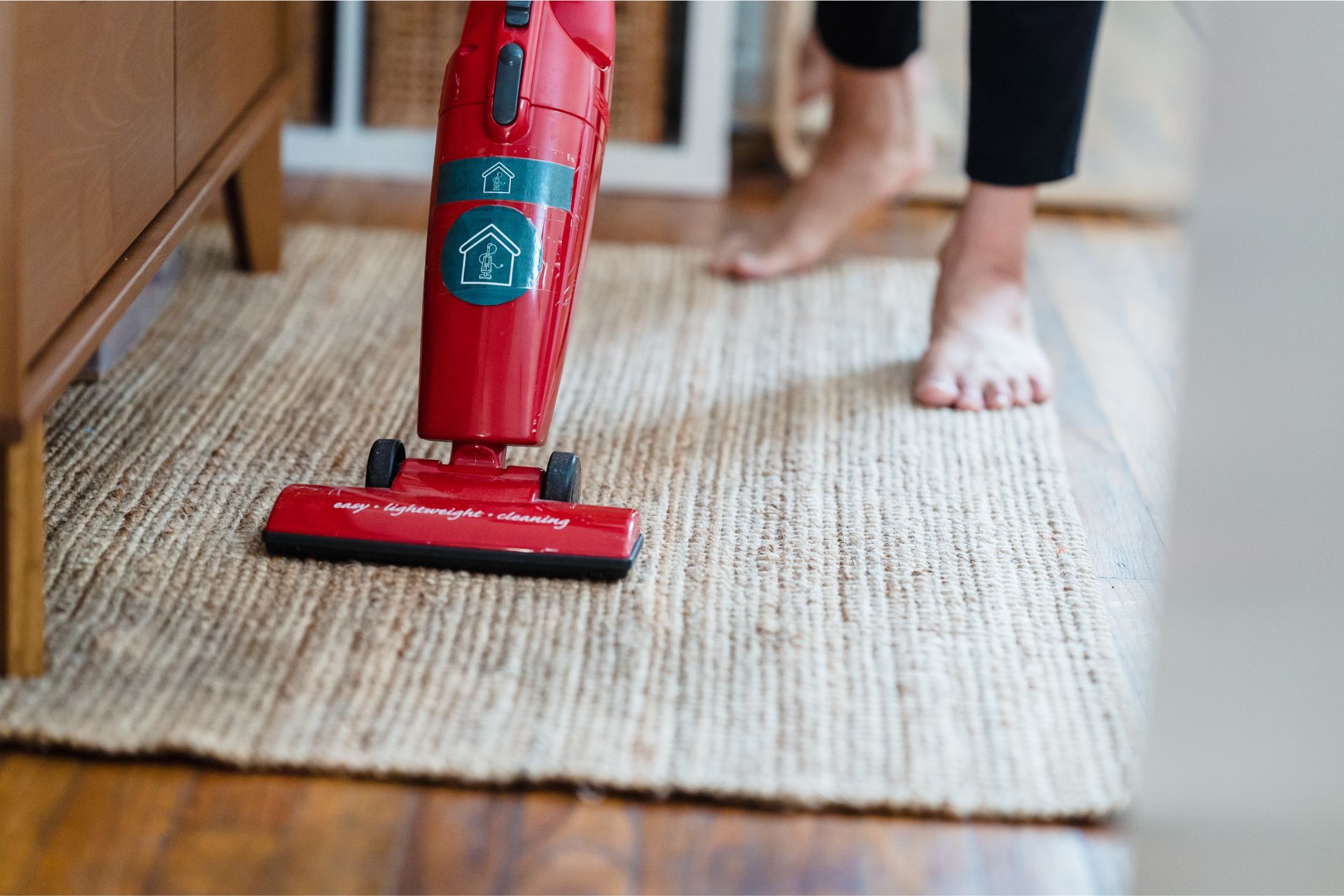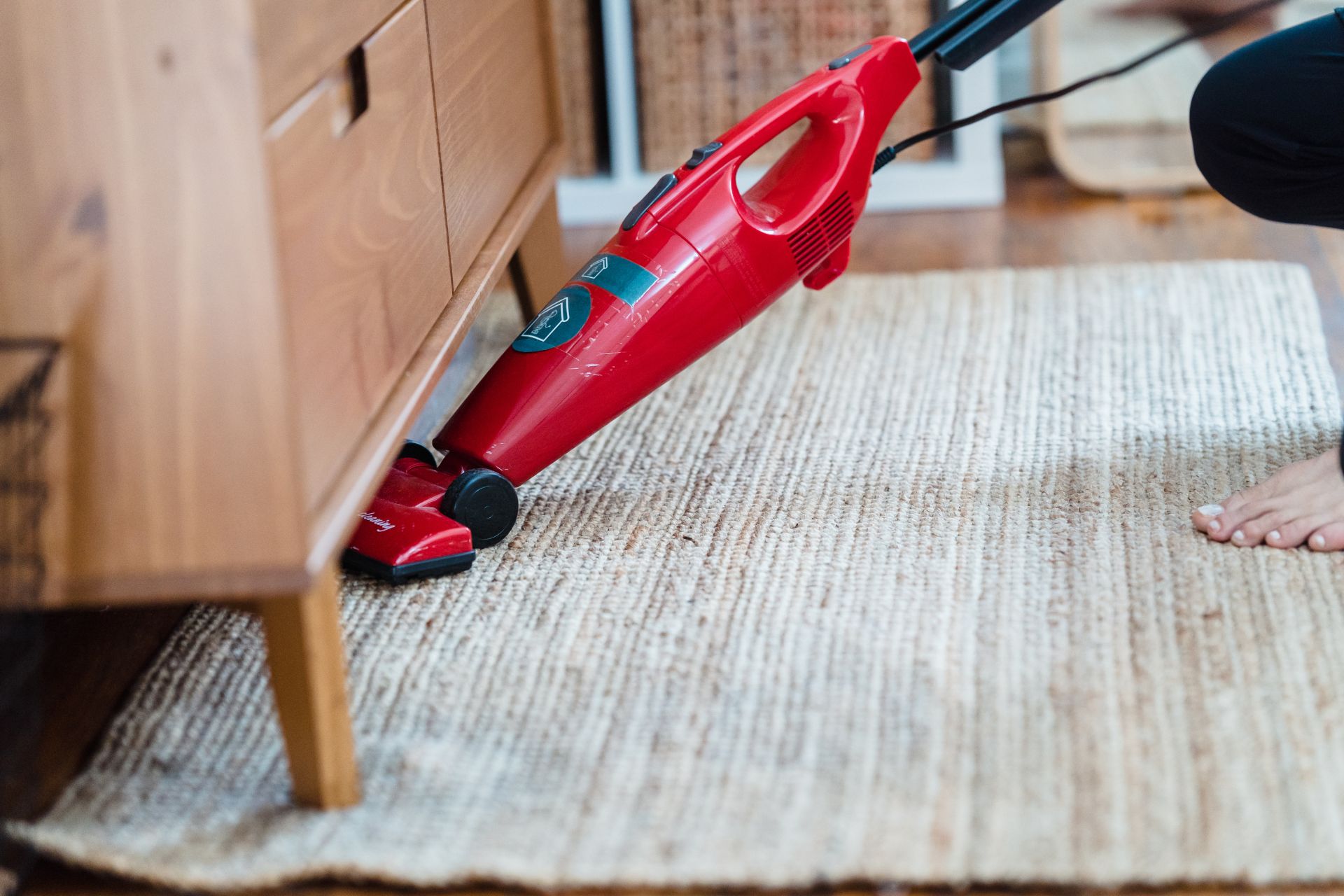Introduction: How Does a Vacuum Cleaner Work?
If you’ve ever wondered, “How does a vacuum cleaner work?”, you’re not alone. While vacuums are a common household tool, many people don’t fully understand the fascinating science behind their operation. From suction power to filters and motorized brushes, a vacuum cleaner combines physics and engineering to remove dust, dirt, and allergens from your floors. In this guide, we’ll break down the inner workings of vacuum cleaners, explain each component’s role, and explore why they are so effective in keeping our homes clean.

The Science Behind Suction
At its core, the answer to how does a vacuum cleaner work lies in suction.
- Air Pressure Difference – The motor creates a partial vacuum inside the machine. Air naturally rushes in to fill the low-pressure space, carrying dirt with it.
- Continuous Flow – As long as the motor runs, air flows through the nozzle, into the hose, and into the dust container.
- Capture and Containment – Dirt and debris are trapped in bags or bins, while the air passes through filters and is released clean.
This simple principle powers every type of vacuum, from uprights to robots.
Key Components of a Vacuum Cleaner
Understanding how does a vacuum cleaner work means breaking down its main parts:
- Motor – The powerhouse that drives suction.
- Fan – Works with the motor to move air.
- Intake Port/Nozzle – The opening where dirt and debris enter.
- Dust Bag or Bin – Stores the collected debris.
- Filters – Remove fine particles and allergens from the air.
- Exhaust Port – Releases cleaned air back into the room.
- Brush Roll (in upright vacuums) – Agitates carpet fibers to lift dirt.
Step-by-Step: How Does a Vacuum Cleaner Work?
- Power On – Electricity powers the motor.
- Air Movement – The motor spins a fan, creating suction.
- Debris Collection – Air and dirt are drawn in through the nozzle.
- Dirt Separation – Dirt is trapped in the bag or bin, while air passes on.
- Filtration – Filters catch tiny dust particles and allergens.
- Clean Air Release – The exhaust releases fresh air back into the room.
This cycle repeats continuously as you move the vacuum across floors.
How Do Upright Vacuums Work?
When asking how does a vacuum cleaner work, uprights are the classic example.
- The motor and brush roll are located in the base.
- The brush agitates carpet fibers, loosening dirt.
- Suction pulls the dirt up into the bag or canister.
Uprights are especially good for deep cleaning carpets.
How Do Canister Vacuums Work?
In the canister style, the motor and dust bin are in a separate unit.
- A flexible hose connects the cleaning head to the canister.
- Suction pulls dirt into the canister, which often has a larger dust capacity.
- Canisters are versatile for cleaning stairs, upholstery, and under furniture.
How Do Bagless Vacuums Work?
Many people wonder how does a vacuum cleaner work without a bag?
- Instead of a bag, dirt is collected in a plastic bin.
- Cyclonic suction spins air at high speed, separating dust from clean air.
- Filters ensure particles don’t escape before the air exits.
Bagless vacuums are convenient but require regular filter cleaning.
How Do Robot Vacuums Work?
Robot vacuums are a modern answer to how does a vacuum cleaner work.
- They use sensors to navigate rooms.
- Suction power collects dust into a small bin.
- Some models have smart mapping and self-emptying stations.
While less powerful than full-size vacuums, they’re perfect for daily upkeep.
How Do Cordless Vacuums Work?
Cordless vacuums rely on rechargeable batteries:
- Lightweight motors create suction.
- Most models use cyclonic action for dirt separation.
- Designed for quick, convenient cleaning rather than deep cleaning.
Filters: The Hidden Hero in How Vacuums Work
When exploring how does a vacuum cleaner work, filters are critical.
- Pre-Motor Filters – Protect the motor from dust.
- HEPA Filters – Trap allergens and microscopic particles.
- Carbon Filters – Reduce odors from pets or cooking.
Without filters, vacuums would just blow dust back into the air.
The Role of Brush Rolls and Agitation
For carpets, suction alone isn’t enough.
- Brush rolls spin rapidly, loosening dirt from fibers.
- Combined with suction, they extract deep-down debris.
- Some vacuums allow you to turn brushes off for hardwood floors.
How Does a Vacuum Cleaner Work on Different Surfaces?
- Carpets – Brush roll + suction.
- Hardwood floors – Suction only (brush off).
- Tiles and vinyl – Suction handles fine debris.
- Upholstery – Specialized attachments increase efficiency.
Maintenance: Keeping Your Vacuum Working Properly
Knowing how does a vacuum cleaner work also means understanding maintenance.
- Empty dust bins or replace bags when full.
- Clean filters monthly for best performance.
- Check hoses for clogs.
- Untangle brush rolls from hair and string.
Regular care ensures strong suction and longer vacuum life.
Common Misconceptions About How Vacuums Work
- “More suction always means better cleaning.” Not true—filtration, airflow, and brush action matter too.
- “Bagless vacuums don’t need maintenance.” False—filters need regular cleaning.
- “Robot vacuums can replace all cleaning.” They’re great helpers, but deep cleaning still requires traditional vacuums.
FAQs: How Does a Vacuum Cleaner Work?
- Does suction alone clean carpets?
No, agitation from brush rolls is necessary for deep cleaning. - How do vacuums trap allergens?
With HEPA filters that capture particles as small as 0.3 microns. - Do cordless vacuums work as well as corded?
They’re convenient but usually have less suction and shorter runtime. - Can vacuums clean liquid spills?
Only wet/dry vacuums are designed for liquids—never use a regular vacuum. - What powers a vacuum’s suction?
An electric motor that spins a fan, creating a pressure difference.
Conclusion: How Does a Vacuum Cleaner Work?
So, how does a vacuum cleaner work? In simple terms, the motor creates suction by lowering air pressure, pulling in dust and debris. Filters trap particles, brush rolls loosen dirt, and the machine releases clean air back into your home. Whether you use an upright, canister, bagless, cordless, or robot vacuum, they all rely on the same principle: moving air to capture dirt. By understanding how vacuums function and maintaining them properly, you’ll enjoy cleaner floors, fresher air, and a healthier home.
